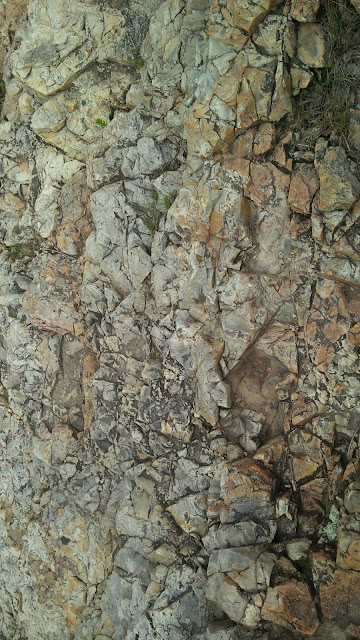Are you all alone?
Are you made of stone?
(The photos above were taken at the Wildcat Park chert glades in Joplin, Missouri, and Cadillac Mountain on Mount Desert Island in Maine's Acadia National Park.)
* * * * *
The Stone Roses were perhaps the greatest of all the “Madchester” bands.
“Made of Stone” was released in 1989 on the group’s eponymous debut album, which critic Andrew Unterberger described as "an exercise in rock classicism," featuring accessible melodies like those of the Beatles and resonant guitars similar to the Byrds, along with "the cheeky (and quintessentially British) humor of the Smiths" and "the self-fulfilling arrogance of the Sex Pistols."
Stones Roses was voted best British album of all time in a 2004 poll of 100 British musicians and critics, and was consistently ranked as a top-five album in polls of British fans.
Not surprisingly, the group’s second album couldn’t top the first one. The band broke up in 1996, but got back together in 2012. They performed at the Isle of Wight and Coachella music festivals in 2013, and a documentary about their reunion – The Stone Roses: Made of Stone – hit theaters in 2013.
Stones Roses was voted best British album of all time in a 2004 poll of 100 British musicians and critics, and was consistently ranked as a top-five album in polls of British fans.
 |
| Guitarist John Squire's cover art was inspired by Jackson Pollock |
Click here to view the trailer for that documentary.
Here’s “Made of Stone":
Click below to buy the song from Amazon:





















































